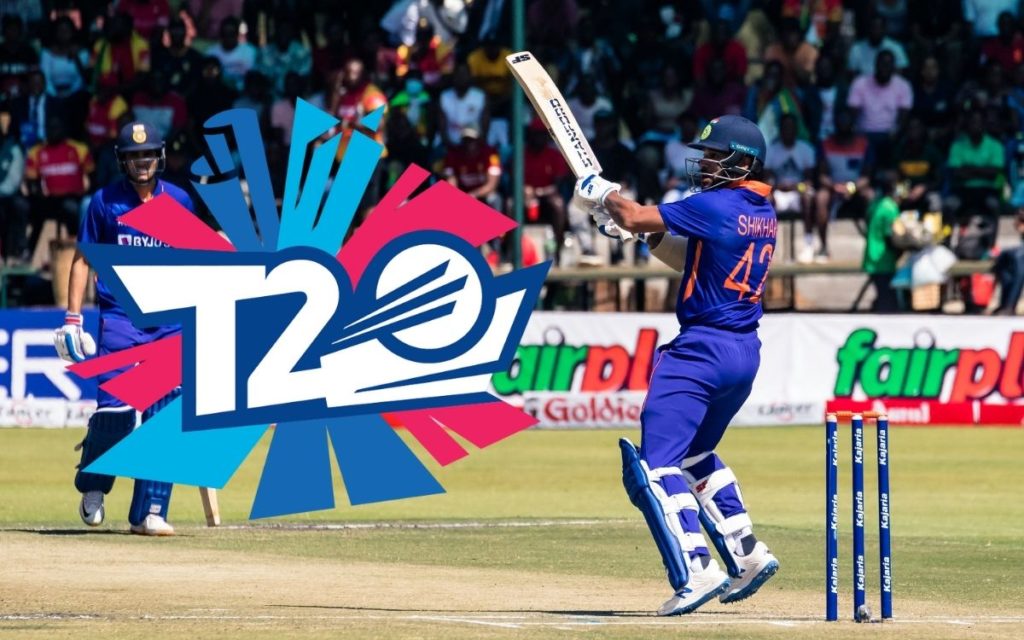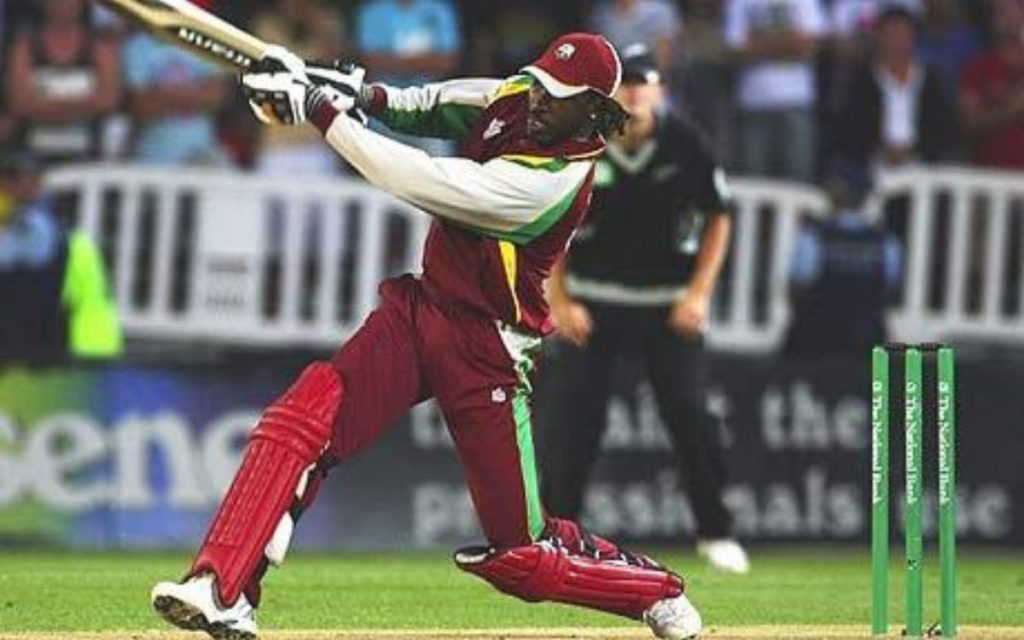
Super Overs – also called one-over eliminators – are extra overs in limited-overs cricket. During the game, if both teams get the same score, the game is called a super over: both teams bat once again, and the team scoring the most runs is declared the winner.

Tie results are considered respectable in ODI and T20 cricket, and they are typically rewarded with points for teams in domestic leagues. During a bilateral series, the result would be a draw. T20 cricket typically employs super overs, but they’ve also been widely used in 50-over cricket.
The fielding team bowls six balls in each Super Over, delivered only by one bowler. As a result, any wides or no balls will show up in the total, and the bowler will have to throw that ball again if one occurs.
On the batting side, three players are nominated for the Super Over. A third player stands at the crease if a wicket falls. Two batters are on the crease to begin the game. With two wickets taken by the bowler during an over, the Super Over ends.
In cricket, the batting side becomes the fielding side after every over. After six more balls, the batting side becomes the fielding side.
In this situation, the team with the greatest score at the end of the two bonus overs wins the match.
To settle a cricket match, it might be a good idea to have the two extra overs, but if the scores remain even after the extra overs, the matter may become more difficult.
In the event of a tie in a Super Over, the game is a tie.
The winner of a Super Over can be determined by a number of procedures in the event of a tie. Oftentimes, the Super Over is replayed to identify a higher scoring team.
In the final of the 50-Over World Cup between England and New Zealand, the number of boundaries scored was used to determine the winner. The conventional 50-over contest saw England hit more boundaries, making them world champions. A boundary countback is used in other games, as well as a boundary count for super overs.
The introduction of extra overs has led to some exciting sports action, but there is still much to clarify.
Inaugural International Super Over

In the 2008 T20 series between New Zealand and the West Indies, the first super over was played. A 25-point supplementary over won the game for the Windies after the first game ended in a tie. It was a 15/2 response by New Zealand that made history.
The West Indies’ entire 25-run Super Over was scored by Chris Gayle, and New Zealand lost both of its wickets in the first five balls of the extra innings. Matches are more common in T20 cricket, and Super Overs are more common in the shorter format.
The end of 2020 saw 14 Super Overs used in the men’s T20 game.
There was only one Super Over in a women’s T20 international at the time. Super Overs are used in the women’s game as well.




